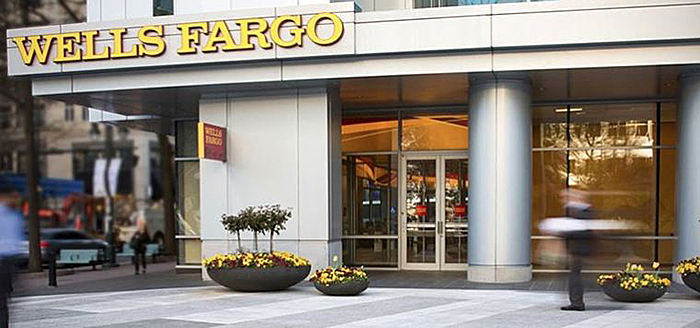We’ve said it before—2021 was a remarkable year for CRE. And the latest research on the continued demand that foreign investors have for commercial real estate? That just provides even more evidence of how unusual last year was.
The steady rebound of CRE came as somewhat of a surprise last year. According to the National Association of Realtors’ 2022 Commercial Real Estate International Business Trends report, foreign investors can be credited as at least one reason for the busy year.
Cross-border inflows of at least $2.5 million for the acquisition of U.S. commercial real estate have recovered to pre-pandemic levels, increasing by 44% to $52.9 billion in 2021, compared to $36.6 billion during the same period in 2020.
The largest sources of cross-border flows came from Canada and Asia, according to NAR. Canada acquired $19.2 billion of CRE in the U.S. in the four quarters ending 2021 Q3—up 63% from the prior four quarters—followed by Singapore, South Korea and Saudi Arabia, respectively.
Drawing the highest share of these flows? Non-major markets, given recent migration trends and the cheaper cost of acquiring property. Seattle, Atlanta and Dallas dislodged Manhattan as the top destinations among foreign U.S. investors, according to NAR. In fact, the share of cross-border capital of the six major markets continued to decline throughout 2021.
Industrial drew the largest share of acquisitions, accounting for 34% of $52.9 billion in total. Office drew the next largest share at $16 billion, or 30% of total acquisitions, based on NAR’s report. Surprising, considering the market’s record-high vacancy.
In the “small” CRE market or sales below $2.5 million, NAR estimates that foreign investor acquisitions facilitated by NAR commercial members more than doubled in 2021 to $4.8 billion from $2 billion in 2020. Foreign transactions made up 3.1% of the estimated transactions of $155.5 billion among NAR commercial members.
While Canadians and Asians were the largest buyers of U.S. CRE valued at $2.5 million or over, the majority of small-market transactions were from Latin America, with Mexico being the top country at 23%, followed by Columbia (10%), Argentina (8%), Venezuela (8%) and Brazil (5%).
Interestingly, NAR found that Florida remained the No. 1 state for U.S. buyers—18%—and no NAR respondents reported a foreign buyer buying in New York, even though it accounts for 3% of NAR commercial members’ business.
Multifamily buildings and land were the preferred small-market property acquisitions, based on the report. Office acquisitions only accounted for 7% of purchases made by NAR commercial members’ foreign buyers, a sharp contrast with the 30% share of large-investor market acquisitions.
Finally, NAR found that investor transactions accounted for 97% of small-market transactions.
As the pandemic continues to wane, NAR members expect foreign acquisitions of CRE to increase for most property types, excluding office and hospitality.









